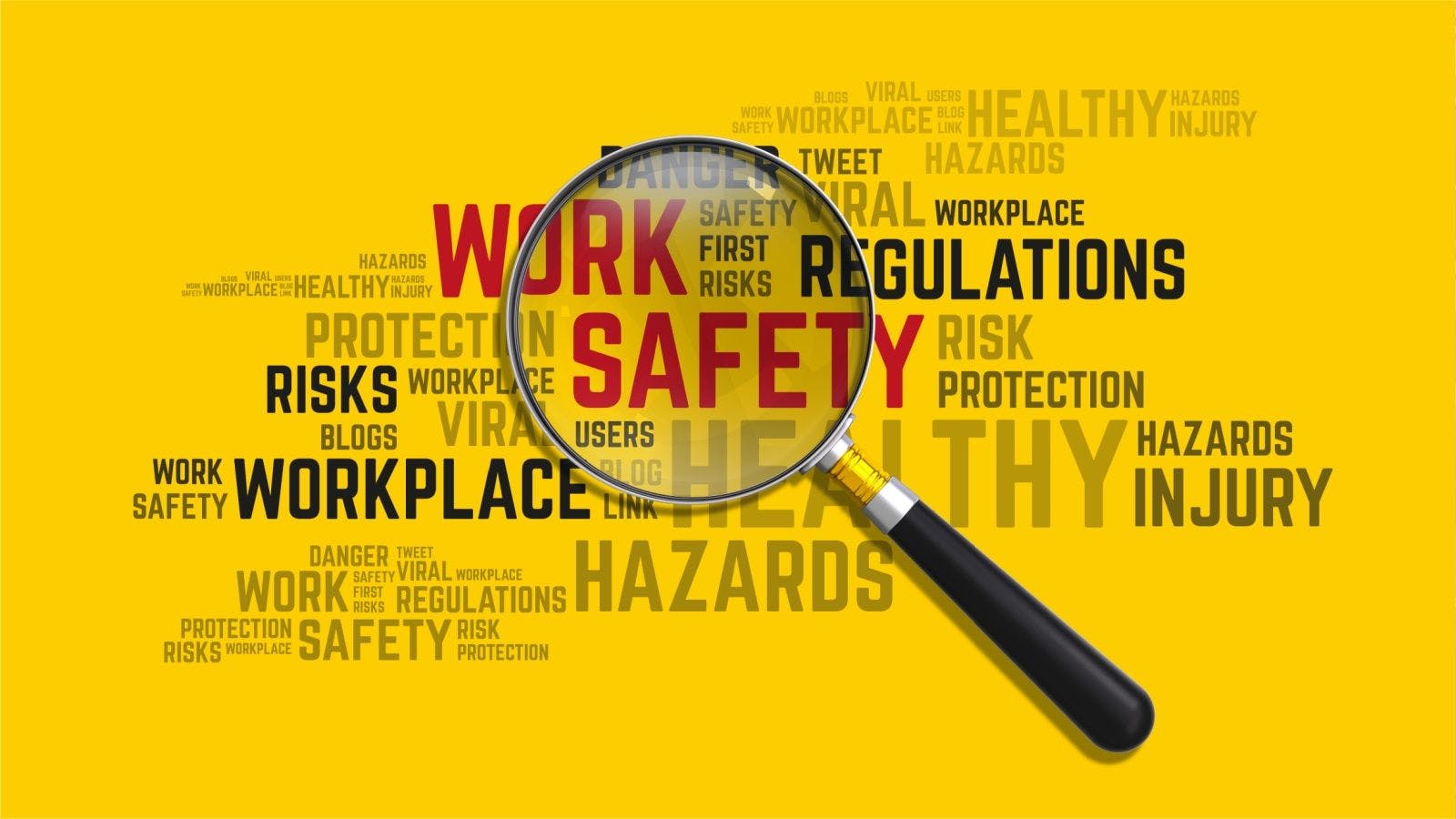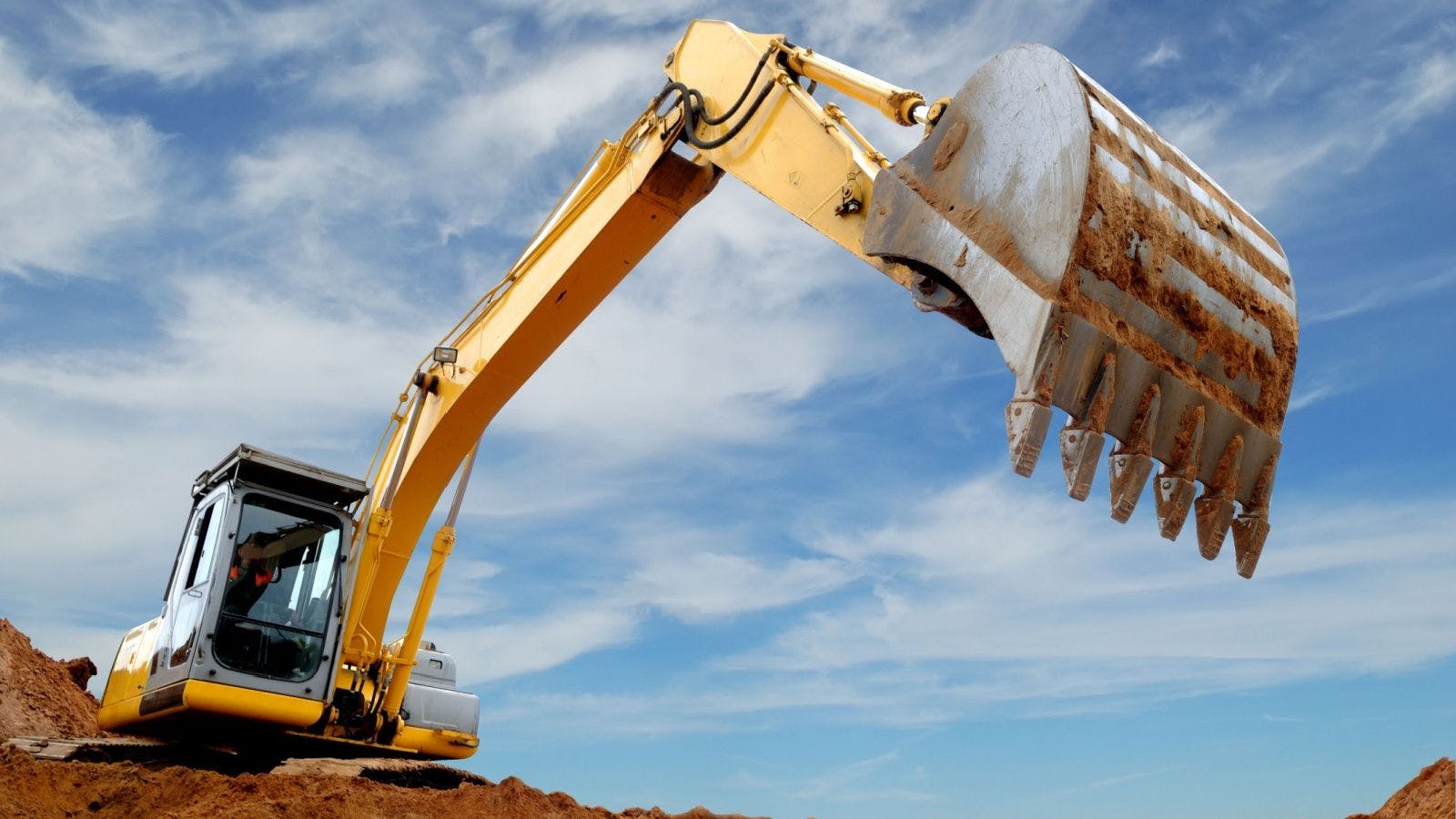
What to Expect When the COVID-19 Pandemic Is Over
No one knows what to expect when the COVID-19 pandemic is over. What will the new normal look like? Learning from the past, the Spanish flu pandemic of 1918, which was the deadliest in history, infected an estimated 500 million people worldwide—about one-third of the planet’s population—and killed an estimated 20 million to 50 million victims, including some 675,000 Americans. At the time, there were no effective drugs or vaccines to treat this killer flu strain. Citizens were ordered to wear masks. Schools, theaters and businesses were closed, and bodies piled up in makeshift morgues. By the summer of 1919, the flu pandemic came to an end. Those that were infected either died or developed immunity.
Many leading authorities on COVID-19 expect the same thing will eventually happen, but not before Americans pay a higher price. Construction contractors need to look now for potential opportunities to pivot their business. Its not about the preparing for the new normal, but focusing on the new next.
Market Opportunities
Construction trends are changing because of COVID-19. Before the pandemic, multifamily construction was booming in urban areas. People wanted to downsize and live close to where they worked. Being able to walk to entertainment, dining and shopping was important, as was mass transportation. Now, these same people are flocking to more rural areas, purchasing homes and avoiding mass transit. People are working remotely, if possible, and driving to entertainment, dining and shopping destinations.
There is a similar shift in almost every sector of the construction industry. Businesses are reducing office space, retailors are closing stores and restaurants are changing their venues to accommodate social distancing. Just as in previous situations when trends shifted, contractors need to reexamine if the work they are doing will meet future consumer demands, and if not, they must make a transition to stay viable.
Analytics
Dodge Data and Analytics reported in June 15 that total construction starts in rose 3% from April to May to a seasonally adjusted annual rate of $595.1 billion. There was a 25% decline the previous month. Several large nonresidential building projects broke ground in May resulting in the gain. Otherwise, the statistics would have resulted in no change in starts over the month. Nonresidential buildings increased 8% in May, while residential building starts rose 4%. Nonbuilding starts declined 4%.
The USG Corp., U.S. Chamber of Commerce and Dodge Data & Analytics released the 2020 Q2 Commercial Construction Index on July 1, 2020. The findings reveal that the impact of COVID-19 has caused the first major drop in the index since its launch in 2017 and is the largest quarterly decline in index’s history.
Two of the index’s three main indicators — confidence in new business and revenue expectations — both fell 26 points, to 50 and 44, respectively. The third indicator, backlog, dropped only a modest three points. Only a few contractors (16%) express high confidence in the market’s ability to provide new business opportunities in the next 12 months (down from 54% in Q1). There was also a 30%-point drop in contractors expecting their revenues to increase (17% in Q2 from 47% in Q1).
Therefore, it is important for contractors to look at the trends and prepare now to meet future demands. It takes time to develop a viable plan to switch to a new sector or to change market focus. Contractors may have to retool, train their staff, hire different general and subcontractors, develop relationships with difference supplies and obtain the financing to do what needs to be done. Contractors will also need to rebrand their companies. None of this happens overnight. It takes a business plan based on data to support assumptions that include SMART (specific, measurable, attainable, relevant and time sensitive) goals and an action plan to move the business forward. Contractors that invest the time to start working on their goals will be well positioned for when the pandemic ends.
Richard P, Higgins, CPA, is the managing principal of the New Jersey office of McCarthy & Company, a leader in construction accosting. Construction Executive included the firm on its list of Top 50 Construction Accounting Firms in 2019 and 2020. Rich can be contacted at (732) 341-3893 or Richard.Higgins@Mcc-CPAs.com.
Related stories








